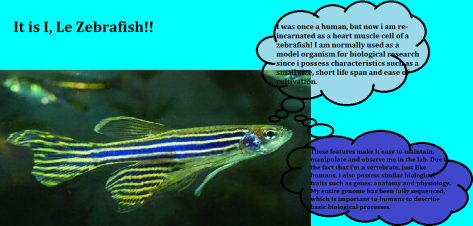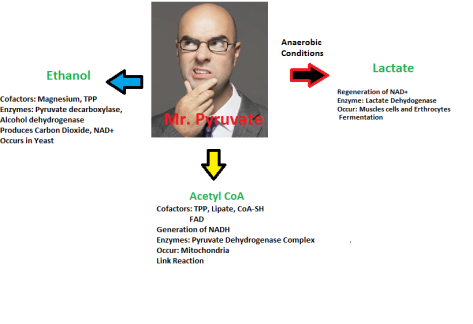I am an intestinal cell. I’m very influential – I was born to be a leader. My expressive genes easily manipulate other cell types. I communicate with you, a neural cell through apical junctions using a paracrine signaling cell-cell mechanism. I have an ability to express genes which encode proteins that pass through and reside in bipartite junctions. Apical junctions are comparative to the tripartite structures in vertebrate epithelia. The protein EGL8 (A phospholipase) is different and controls numerous functions in the nervous system. It has a role in oscillating Ca2+ signaling.
COMMUNICATION BETWEEN EPITHELIAL CELL AND MUSCLE CELL
I am an epithelial cell and I have an important role in shaping organs. I contribute to the formation of the epidermis which contains hemidesmosomes and intermediate filaments (IFS) which link the underlying muscles on my basal surface and the external cuticle on my apical surface. The cuticle acts an exoskeleton onto which you, the muscle cells attach to allow locomotion. Other cells called sarcomeres are mechanically coupled to the basal lamina that separates you from me through integrins. In C. elegans, the organism we are a part of, there are only 11 genes coding for IFs which can be divided into five groups; A1-A4, B1-B2, C1-C2, D1-D2 and E1. In embryos or larvae lacking the A2 and A3 become detached from the body wall. Mutants which cause you to detach from the body wall are mua-3 and mup-4 which results in our organism dying during the embryonic or larval stage. MUA-3 and MUP-4 act at the epidermal apical surface, binding my cuticle via the extracellular domain and on the IFs through the filaggrin like cytoplasmic tail.
COMMUNICATION BETWEEN SEAM CELL AND NEURON CELL
I am a seam cell which can act as a stem cell to produce neurons. I can do this when a combination of inductive interactions and asymmetric cells divisions in the early embryo restricts expression of the ELT-1 GATA transcription factor and mutations to this gene adopt fates as neurons.
i saw her from across the dense bodies and M-lines!!

Yes we Do Harlem Shake!!!
The Brotherhood

selfie!!

Regenerate this, regenerate that!!! It is I, le Zebrafish!

Fates of Pyruvate

DNA to RNA to Proteins!!!
Nucleic Acids
References
YouTube videos.